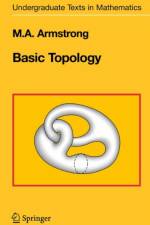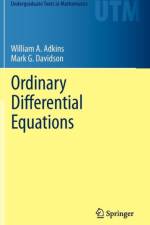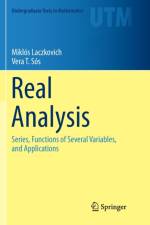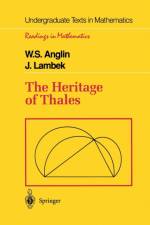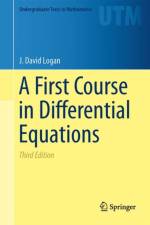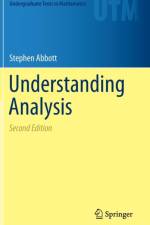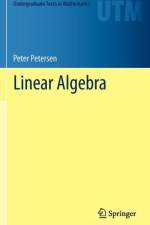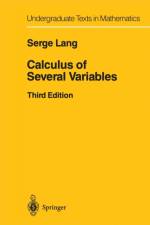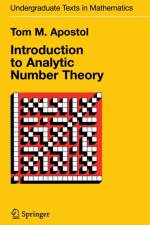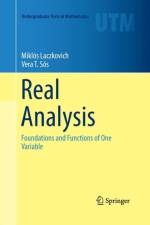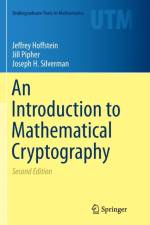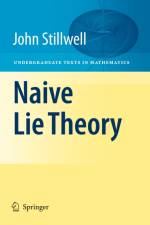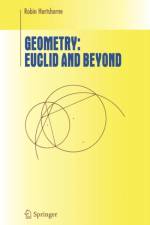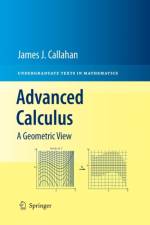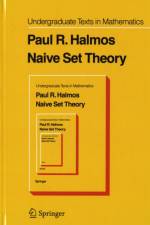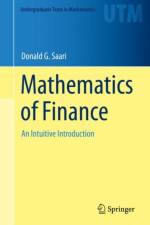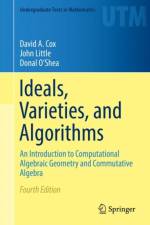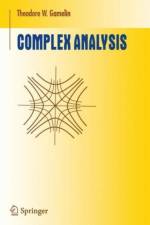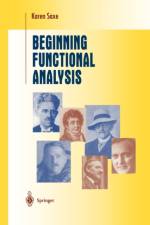- Walks, Trees, Tableaux, and More
von Richard P. Stanley
48,00 €
Written by one of the foremost experts in the field, Algebraic Combinatorics is a unique undergraduate textbook that will prepare the next generation of pure and applied mathematicians. The combination of the author¿s extensive knowledge of combinatorics and classical and practical tools from algebra will inspire motivated students to delve deeply into the fascinating interplay between algebra and combinatorics. Readers will be able to apply their newfound understanding to mathematical, engineering, and business models. Prerequisites include a basic knowledge of linear algebra over a field, existence of finite fields, and rudiments of group theory. The topics in each chapter build on one another and include extensive problem sets as well as hints to selected exercises. Key topics include walks on graphs, cubes and the Radon transform, the Matrix-Tree Theorem, de Bruijn sequences, the Erd¿s¿Moser conjecture, electrical networks, the Sperner property, shellability of simplicialcomplexes and face rings. There are also three appendices on purely enumerative aspects of combinatorics related to the chapter material: the RSK algorithm, plane partitions, and the enumeration of labeled trees.The new edition contains a bit more content than intended for a one-semester advanced undergraduate course in algebraic combinatorics, enumerative combinatorics, or graph theory. Instructors may pick and choose chapters/sections for course inclusion and students can immerse themselves in exploring additional gems once the course has ended. A chapter on combinatorial commutative algebra (Chapter 12) is the heart of added material in this new edition. The author gives substantial application without requisites needed for algebraic topology and homological algebra. A sprinkling of additional exercises and a new section (13.8) involving commutative algebra, have been added.From reviews of the first edition:¿This gentle book provides the perfect stepping-stone up. The various chapters treat diverse topics ¿ . Stanley¿s emphasis on ¿gems¿ unites all this ¿he chooses his material to excite students and draw them into further study. ¿ Summing Up: Highly recommended. Upper-division undergraduates and above.¿ ¿D. V. Feldman, Choice, Vol. 51(8), April, 2014



